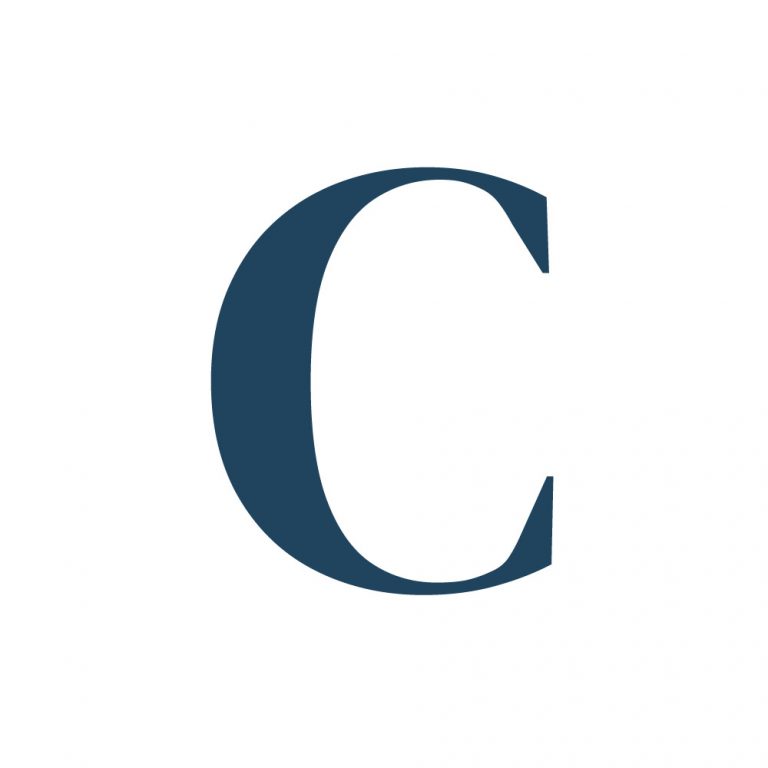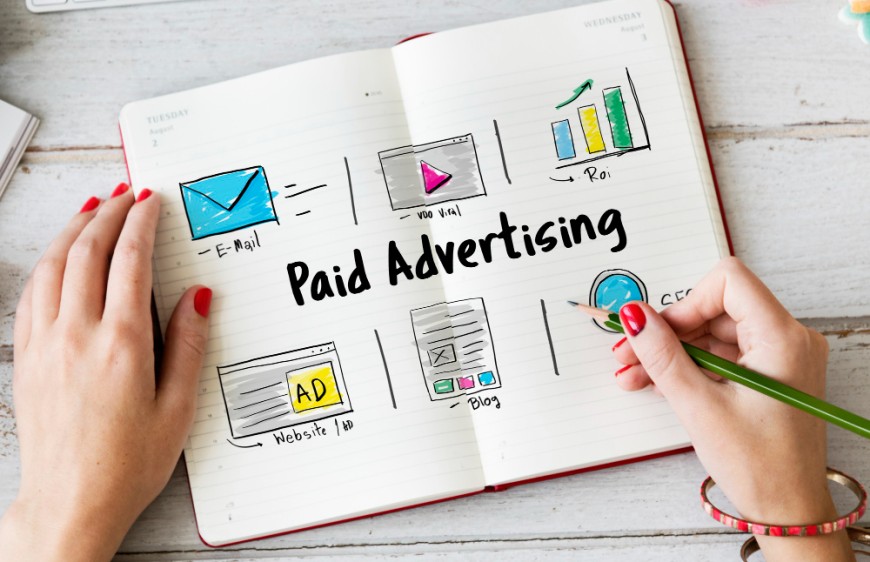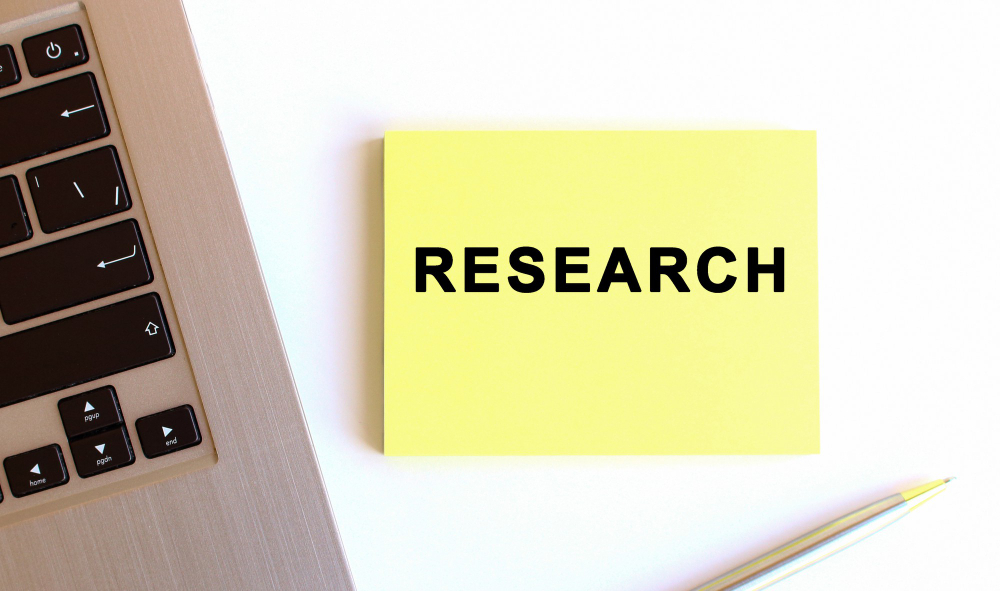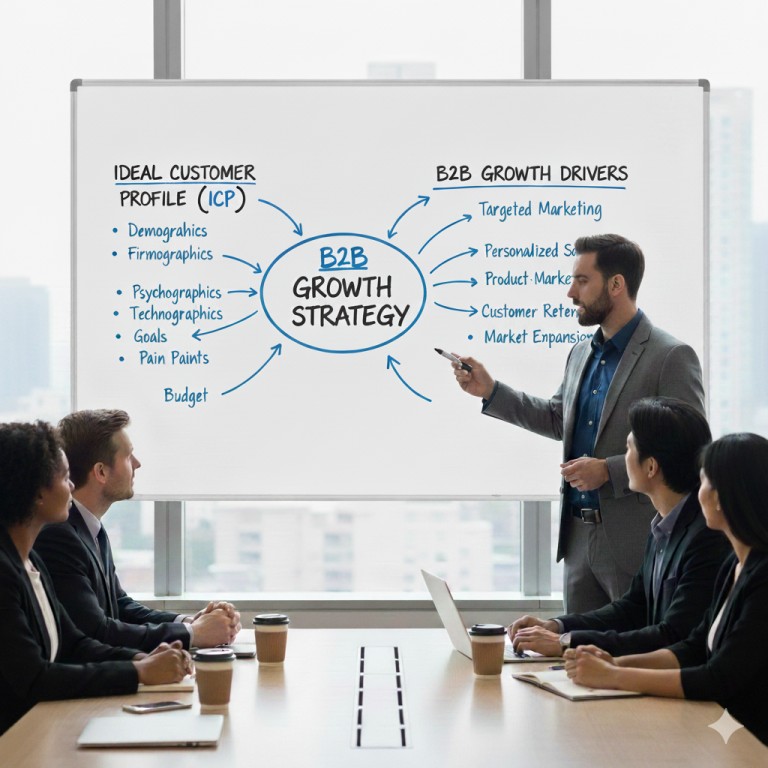What Is Paid Media in B2B Marketing?
Paid media is any marketing activity where you pay to place your message in front of a defined audience. In the business-to-business space, this includes search ads, social ads, sponsored content, display ads, and other paid placements that help you reach buyers who may not yet know you or are already exploring your category.
This article explains how to use paid media in a structured way so you can reach the right people, guide them across the buyer journey, and create pipeline you can measure.
Why Paid Media Should Be Part of Your B2B Marketing Mix
Paid media gives you a level of targeting that is hard to match with other channels. You can reach people by their job title, industry, company size, or even by signs of interest based on their online behaviour. This helps you put your message in front of those who influence or make decisions, rather than a broad and unfocused audience.
The Value of Speed and Reach
Paid media also offers speed. Organic search, email lists, and social reach take time to build. Paid channels allow you to reach new prospects within days and start gathering data on what messages and offers work. This speed is useful when you need to:
- Support a product launch or major announcement.
- Open a new market or geography quickly.
- Fill immediate gaps in the sales pipeline.
Supporting the Full Buyer Journey
Paid campaigns also help support the whole buyer journey. They can lift awareness at the top of the funnel, drive engagement in the middle, and bring people back when they are close to a decision.
They also strengthen your other channels. When people see your brand in ads, they are more likely to search for you, click on your organic listings, or interact with your content. This creates a steady flow of signals that marketing and sales teams can use.
But there are challenges to note. Costs can rise as more companies compete for the same audience. Some platforms make it harder to track user behaviour. Results also take time because deals may take months to close.
Even with these challenges, paid media remains a strong way to reach the right prospects and keep your brand present throughout a long and complex buying process.
Types of Paid Media Channels and When to Use Them
Paid media in B2B covers several channels, each with its own strengths. Choosing the right mix starts with knowing what each channel does well and when it fits into the buyer journey.
- Paid search works best when someone is already looking for a solution. It is useful for capturing existing demand, competing on key terms, and reaching prospects who are actively comparing vendors, primarily using platforms like Google Ads and Microsoft Advertising.
- Paid social is strong for targeting based on professional attributes such as job title, industry, and company size. This makes it useful for early and mid-stage messaging, thought leadership, event promotion, and supporting account-based campaigns on networks like LinkedIn Ads (the top platform for professional targeting), Facebook/Instagram Ads, and YouTube.
- Display and programmatic ads help you reach people across news sites, blogs, and other properties. These ads are often used for awareness or remarketing, with execution handled through platforms like the Google Display Network (GDN) or Demand-Side Platforms (DSPs) like The Trade Desk and StackAdapt for automated, targeted placement.
- Sponsored Content and Native Ads allow you to share longer form ideas in a way that blends into the reader’s experience. This works well when you want to build trust, explain a complex topic, or position your company through thought leadership, often utilizing LinkedIn Sponsored Content or direct partnerships with B2B industry publications.
- Niche channels (including podcast ads and paid email placements) can reach highly specialized audiences. They tend to work best when the publication or host has clear credibility within a field, such as a targeted sponsorship on an industry-specific podcast or a placement in a respected trade industry newsletter.
An effective paid media strategy would be to use a mix that matches how your B2B buyers research, compare, and decide.
Mapping Paid Media to the B2B Buyer Journey
Paid media works best when it follows the same path your buyers take. Each stage needs a different message, offer, and level of targeting.
In the awareness stage, the goal is to build recognition and spark early interest. This stage works well with broad but still targeted channels such as display, programmatic, and paid social. The message should be simple and point to a clear pain, a trend, or a result the buyer cares about.
In the consideration stage, buyers compare options and look at different vendors. Paid search, sponsored content, and more refined social targeting play a stronger role here. Messages should explain your solution in a clearer way. They should use examples or offer helpful content such as guides or case studies.
In the decision stage, buyers want proof and reassurance. Remarketing, search ads on specific terms, and account based placements help keep your company in view. Messages should invite buyers to take the next step with a demo or free trial. This is also the place for proof points, customer results, and direct comparisons.
Measurement, Attribution, and Optimisation
Paid media in B2B is most effective when you measure what matters and connect your results to revenue.
Core Paid Media Metrics for B2B
Focus on metrics that show movement toward revenue:
- Cost Per Lead (CPL) and Cost Per Qualified Lead (CPQL).
- Conversion rates.
- Influenced pipeline and return on spend.

Closed-Loop Tracking and Attribution
Closed-loop tracking is essential. This means linking your ad platforms with your CRM to see which leads turn into opportunities and customers.
Attribution requires looking at multiple views due to complex B2B cycles:
- First Touch: Attributes the sale or conversion to the first channel through which the prospect initially discovered you.
- Multi Touch: Attributes the conversion to multiple paid ad channels/campaigns/ads across several interactions.
- Last Touch: Attributes the conversion to the last channel the user made the sale through. This one can skew things a bit — for instance, if someone found you through a LinkedIn Ad, then saw a billboard, then searched online and clicked on the first sponsored link, last-touch attribution would declare the Google Ad the cause of the sale, which ignores all other ads during the cycle.
The Optimisation Cycle
- Reporting: Consistent monthly and quarterly reviews help you spot trends and share insights.
- Optimisation: Respond to data by tightening targeting, revising the message, or shifting budget.
- Timeframes: Set realistic timeframes for judging performance, as some campaigns need several weeks or months to show stable patterns due to long B2B cycles, and buyers may have been influenced by several ads along the buying journey.
How AI Strengthens Paid Media in B2B
AI is now shaping how teams plan and run paid media by improving targeting, testing, and optimisation. It can analyse large sets of behaviour and firmographic data to form more accurate audience segments, and surveys show that about six in ten B2B marketers in the United States planned to increase their use of AI in paid channels in 2025, driven by the need for more precision.
AI also speeds up creative testing by generating and comparing many variations of copy and visuals. Large-scale experiments using reinforcement-learning-based text models have shown measurable gains in click-through rate, proving the value of rapid iteration.
AI-supported optimisation helps teams adjust budgets and bids in real time based on early signs of intent. Adoption continues to grow, with more than two in five organisations now using generative AI in marketing and sales.
The fundamentals remain the same. Strong positioning, defined audiences, and clear conversion paths still guide performance. AI simply speeds up learning and helps you make more confident decisions about where to invest.
7 Quick Steps to Building Your B2B Paid Media Roadmap
A strong paid media program starts with clear goals.
- Define clear goals: Connect goals to business outcomes, such as creating qualified pipeline or building brand visibility.
- Define your audience: Specify buyer roles, influencers, and target accounts (industries, company sizes, job titles).
- Select channels: Match channel strengths (e.g., Search for demand capture, Social for reaching non-searchers) to the buyer journey stage.
- Plan your budget: Work backward from revenue targets and expected conversion rates to set realistic expectations.
- Develop message and creative: Create a clear value statement for each audience that addresses their problem or goal.
- Design conversion paths: Each ad should lead to a focused landing page with short forms, clear calls to action, and proof points.
- Align sales and marketing: Establish shared definitions of lead quality, shared reports, and a clear process for follow-up.

Final Thoughts on Paid Media for B2B Marketing
Paid media works when you treat it as a way to learn, not just a way to spend. The data you gather from each campaign shows you what your market responds to, what it ignores and what it actually cares about.
If you use those signals to guide your next move, paid media becomes less about winning auctions and more about understanding your buyers better than your competitors do.
If you want help turning those insights into a message your market trusts and a presence that stands out, Column can support you. We work with B2B teams to define stronger stories, build credible visibility and make paid efforts more effective by grounding them in clear, strategic communication.

Johnson is a Content Strategist at Column. He helps brands craft content that drives visibility and results. He studied Economics at the University of Ibadan and brings over years of experience in direct response marketing, combining strategy, creativity, and data-backed thinking.
Connect with him on LinkedIn.





